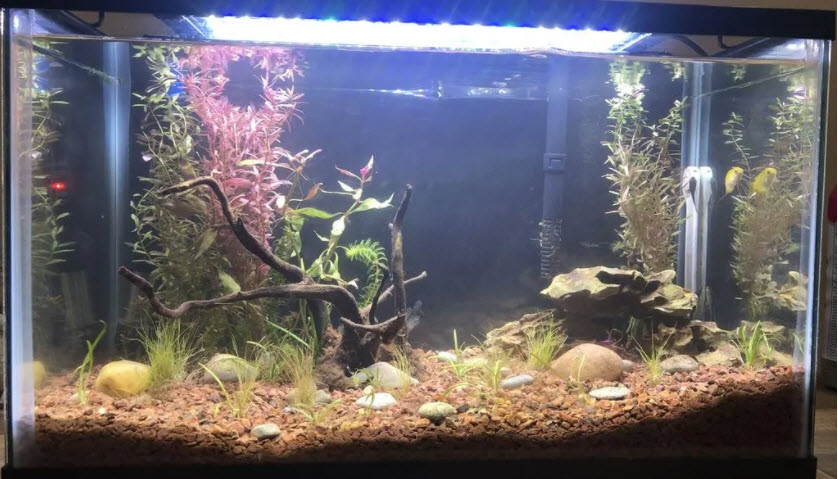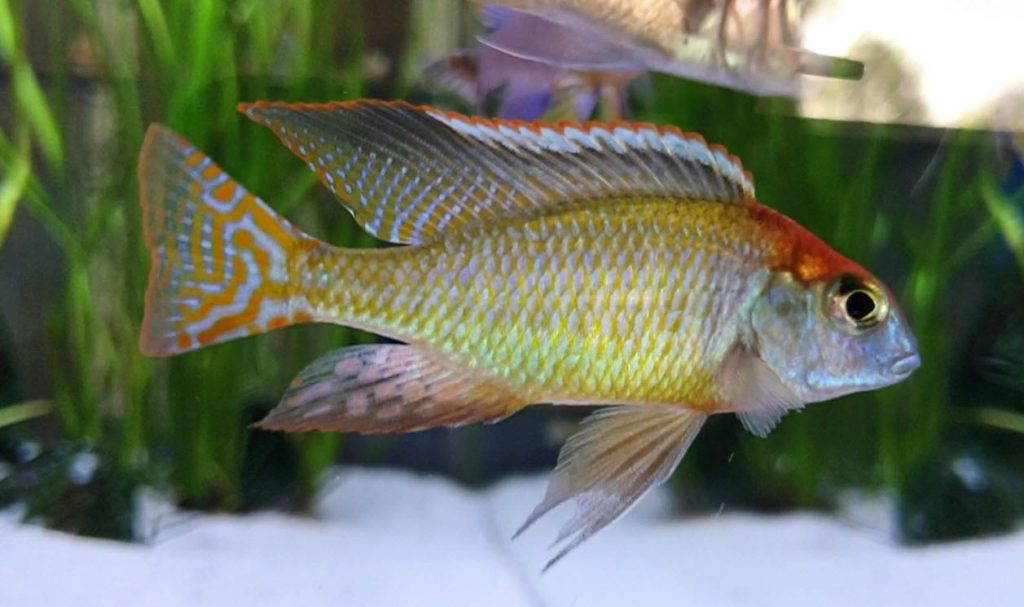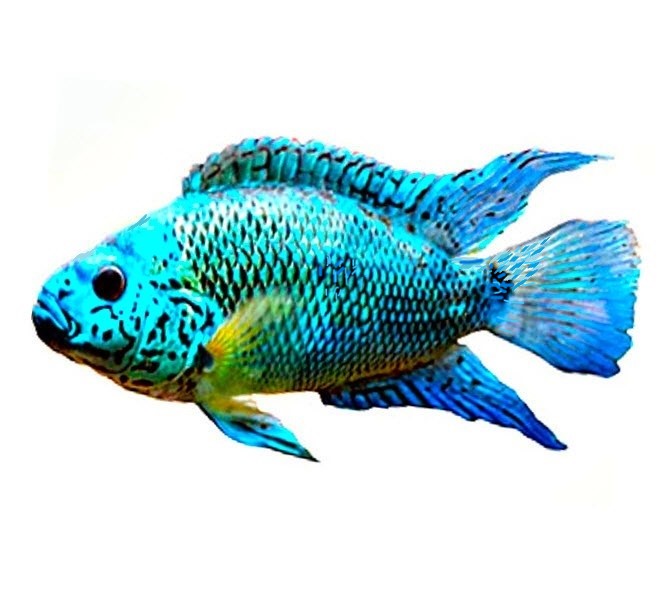
Air stones last about six months before they become clogged. Some people use small cheap air stones that can be bought for fifty cents on Amazon. Recycling these is ridiculous. But some people like the expensive air stones ($5 to $20). It can pay to save these till some reasonable quantity are accumulated. Then clean them.
Don’t simply throw them in acid. These stones are clogged by both protein and water hardness compounds. The protein is much like the tarter on your teeth, very tenacious and tough. Protein is removed by lye, not acid. To remove these deposits, do the following:
- Soak in concentrated lye (sodium hydroxide) for one week
- Soak in plain water for one day
- Soak in concentrated hydrochloric acid (pool acid) for one week
- Soak in water with some baking soda in it for one day
This will make the stones like new. Note this won’t work on polymer wands or wood air stones.
Note also that lye and acid are dangerous. Use eye goggles and rubber gloves when handling them. Lye and acid can be obtained from your local hardware store. The concentrations should be the hydrochloric just as it comes and a fully saturated solution of sodium hydroxide “pearls”. Only really strong solutions work well.

.
Return to Aeration Menu
.
Aquarium Science Website
The chapters shown below or on the right side in maroon lead to close to 400 articles on all aspects of keeping a freshwater aquarium. These articles have NO links to profit making sites and are thus unbiased in their recommendations, unlike all the for-profit sites you will find with Google. Bookmark and browse!
.

Eric says
Sorry I’m replying to old comments but for HCl in the US you are pretty much limited to below 37% concentration (12M for lab chemists). Anything 37% and above is regulated by OSHA Process Safety Management (PSM) when you have enough of it onsite. So commercially industrial volumes are delivered around 36.5% to avoid PSM. You can get 100% HCl (anhydrous HCl) but you really need to have a good reason for that with all the extra danger that comes with it. I would suggest a milder acid than commercial concentration HCl to reduce danger. I’d use straight white vinegar, concentrated citric acid (found in the canning aisle), or CLR (a mixture of lactic acid, gluconic acid, and surfactants). All of these will be equally as effective as HCl and much safer to handle, especially if you have kids around. Leaving this in the solution for a week is way longer than needed even at low concentrations. As for the lye you can also use much lower concentrations for safety. It’s harder to measure the concentration of NaOH for most non-chemists but in general 0.5M NaOH is more than strong enough to remove a protein layer. Even in high fat areas 1M NaOH will saponify the fat and remove the protein. Source: I run large industrial scale evaporators that foul with a protein layer and an inorganic scale layer. We use about 4% NaOH for removing the protein layer and then a few percent EDTA to remove the inorganic fouling.
Dave says
In reply to Sheridan …. I don’t know if that is equivalent to the 40% in the USA. You might want to leave the air stones in the hydrochloric for a month and see how it works.
sheridan says
thanks Dave – in the UK hydrochloric acid is only legal in the 10% dilution – is that sufficient?
Dave says
In reply to Sheridan ,,,, The concentrations should be the hydrochloric just as it comes and a fully saturated solution of sodium hydroxide “pearls”. Only really strong solutions work well.
sheridan says
thanks for your amazing effort on the site – mind blowing and already saving me plenty
when you say concentrated hydrochloric acid, what concentration is needed – and if using sodium hydroxide pearls – what dilution should be applied
Many thanks & keep up the good fight